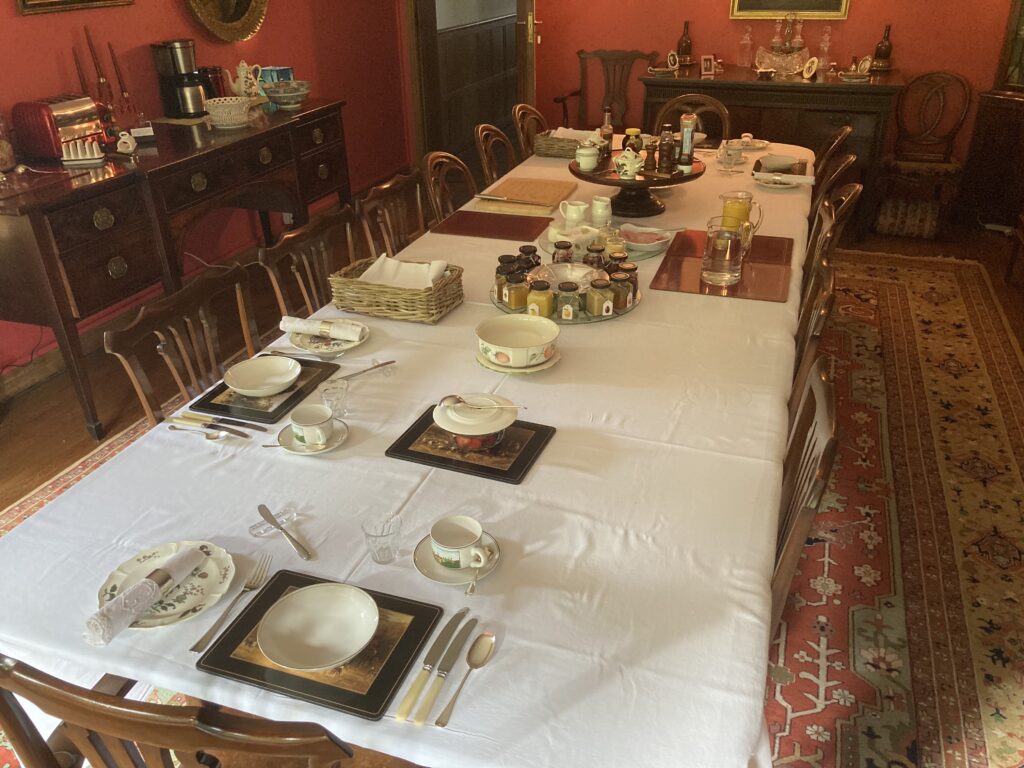Saturday, February 5th, 2022
Last week we had a major malfunction in the engine room. The big boiler in the basement lost pressure rapidly and could not be repressurised. I knew at once that one of the pipes in the ancient network that runs underneath the house must have finally given way. The same thing happened back in December 2018 (documented in these posts if you dig far enough), but we can only replace these old pipes section by section as and when they fail, otherwise we’d have to take up all the floors throughout the house and renew the whole of the vast underground network of ancient steel pipes, which are not encased in anything other than wet ground. Rust has eaten away at the metal, which is now wafer thin, pitted, perforated and probably held together by Wealden clay acting as a sticking plaster. Luckily my marvellous family plumbers, who have looked after this place for decades and know every detail of its intricate systems, arrived very promptly and quickly located the leak, which was under the floor of the cupboard under the stairs. Not the easiest of places to work in! The photos below show the pipe, removed and lying on the ground, together with other bits of rotten pipework revealed in all their naked glory in the lower photo. It looks like something from the Titanic. I know there are other leaks waiting to burst forth, because the boiler needs repressurising every few days. Like rotting teeth that have not visited a dentist in decades, these pipes will all have to be extracted in due course, to be replaced by shiny new implants. We can only wait for the next cavity to appear.












